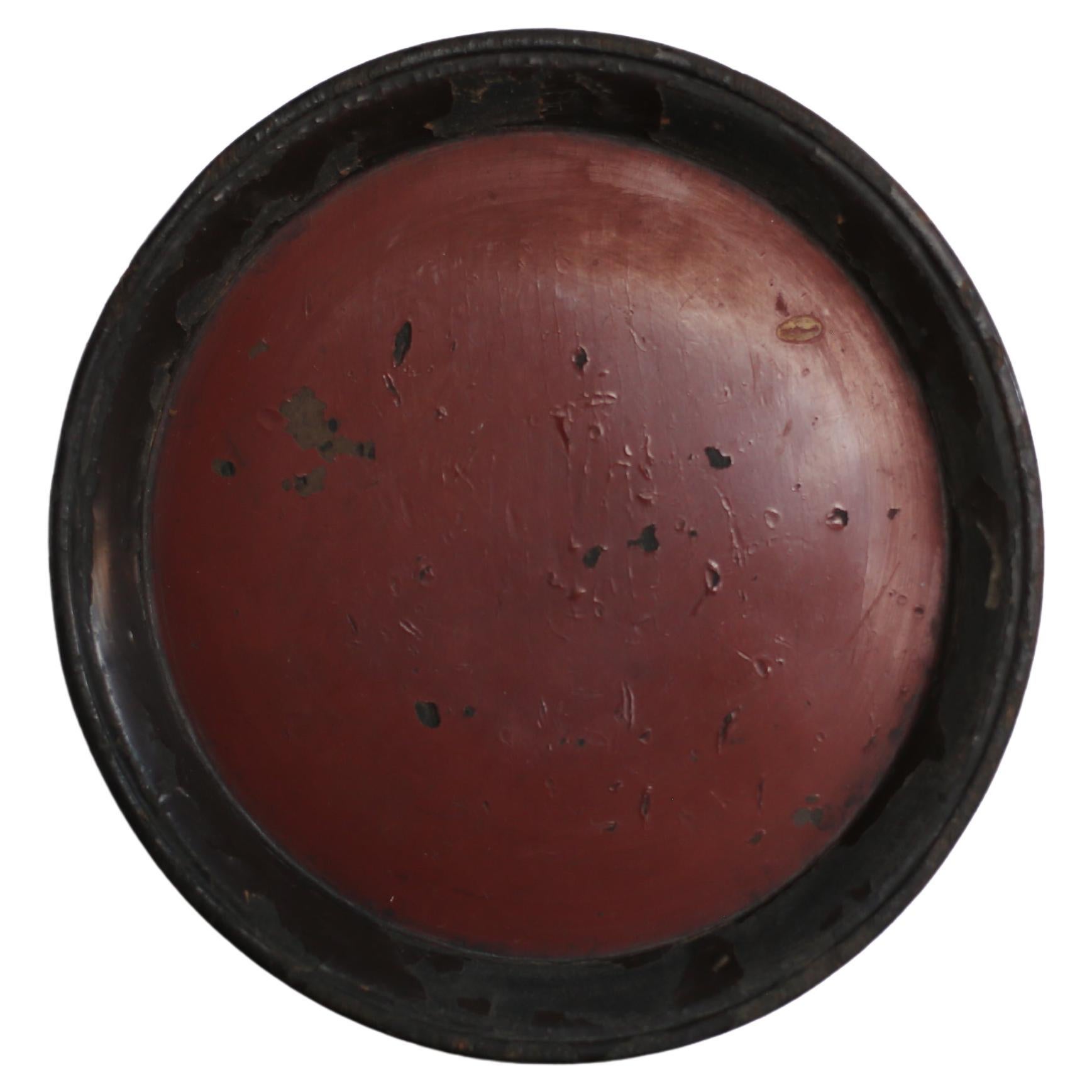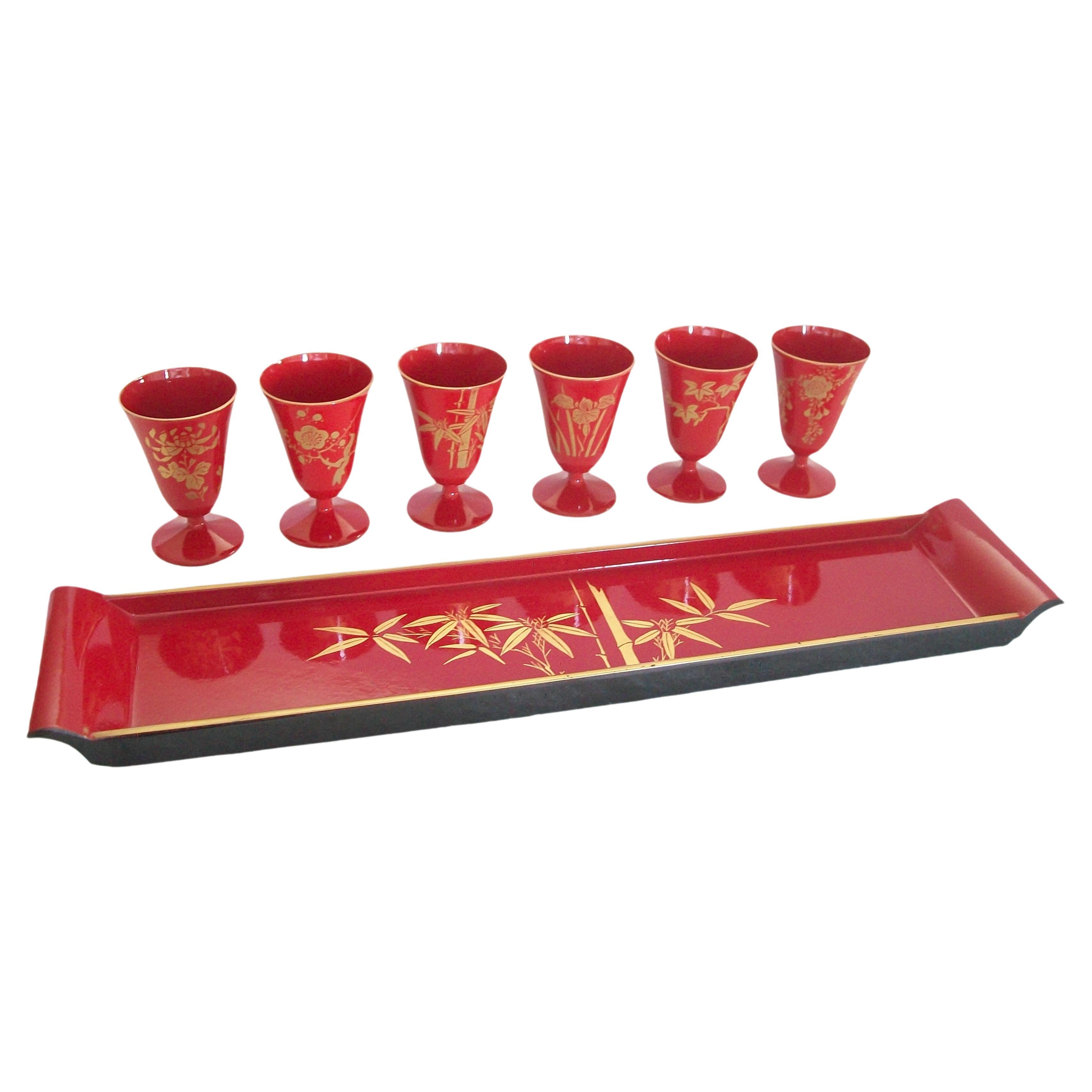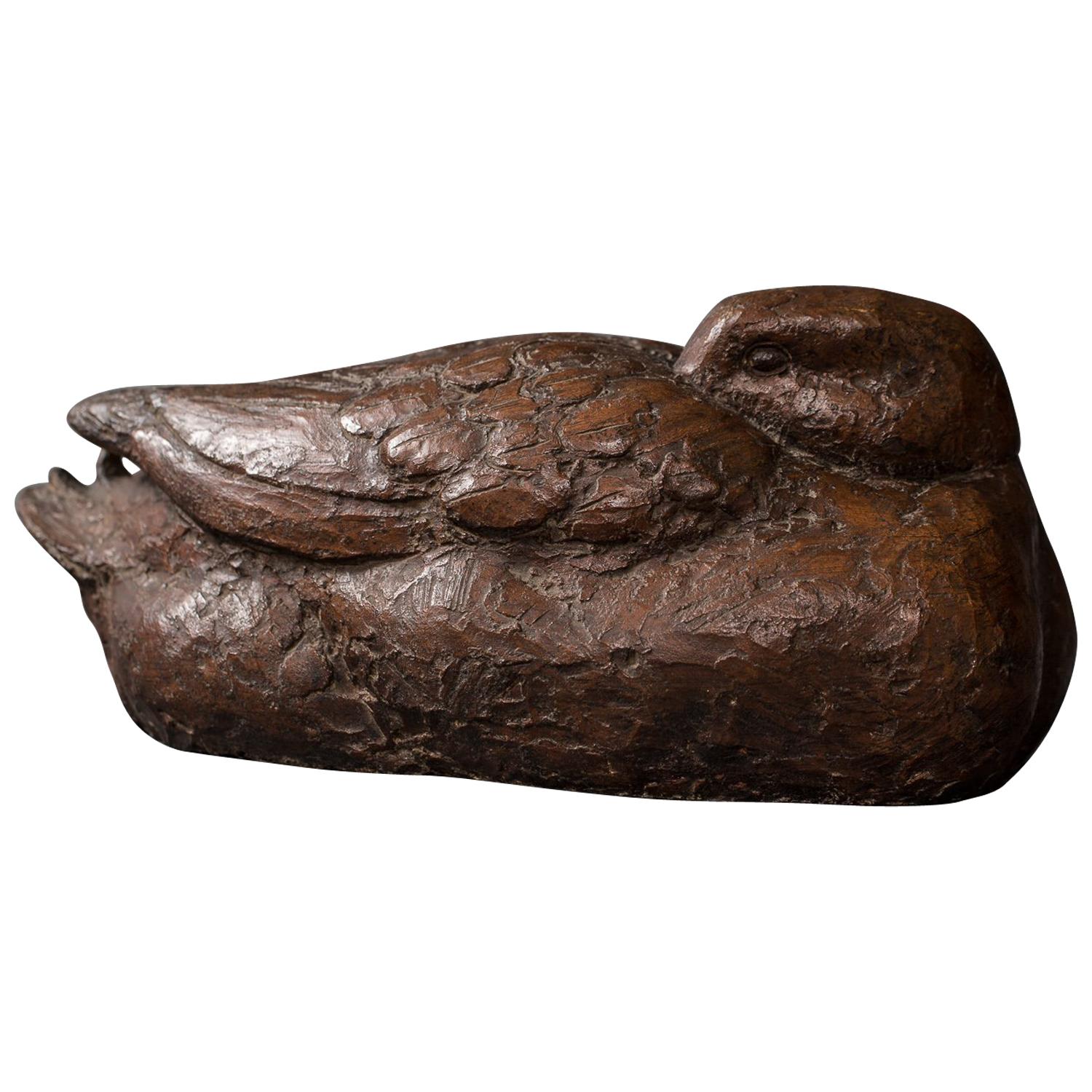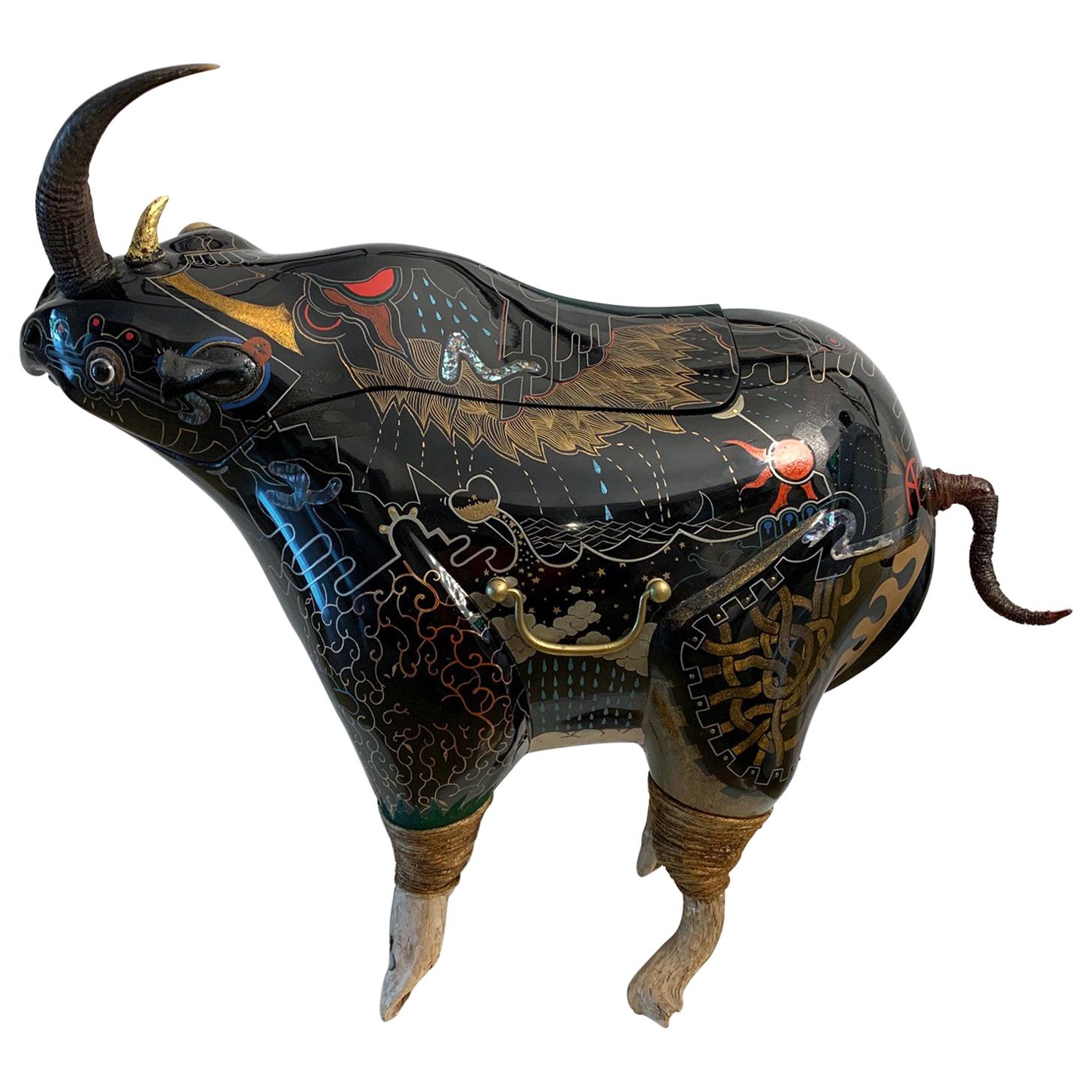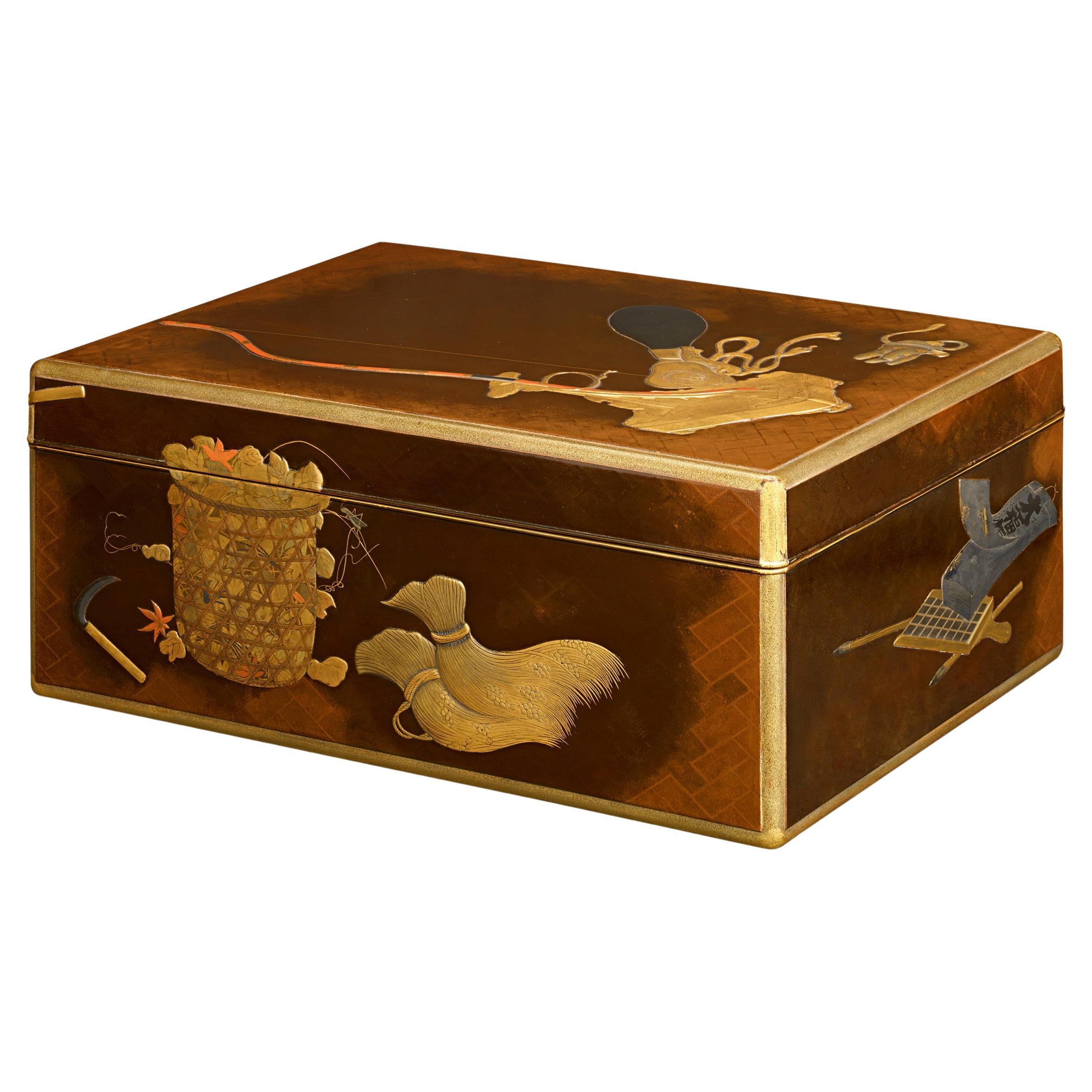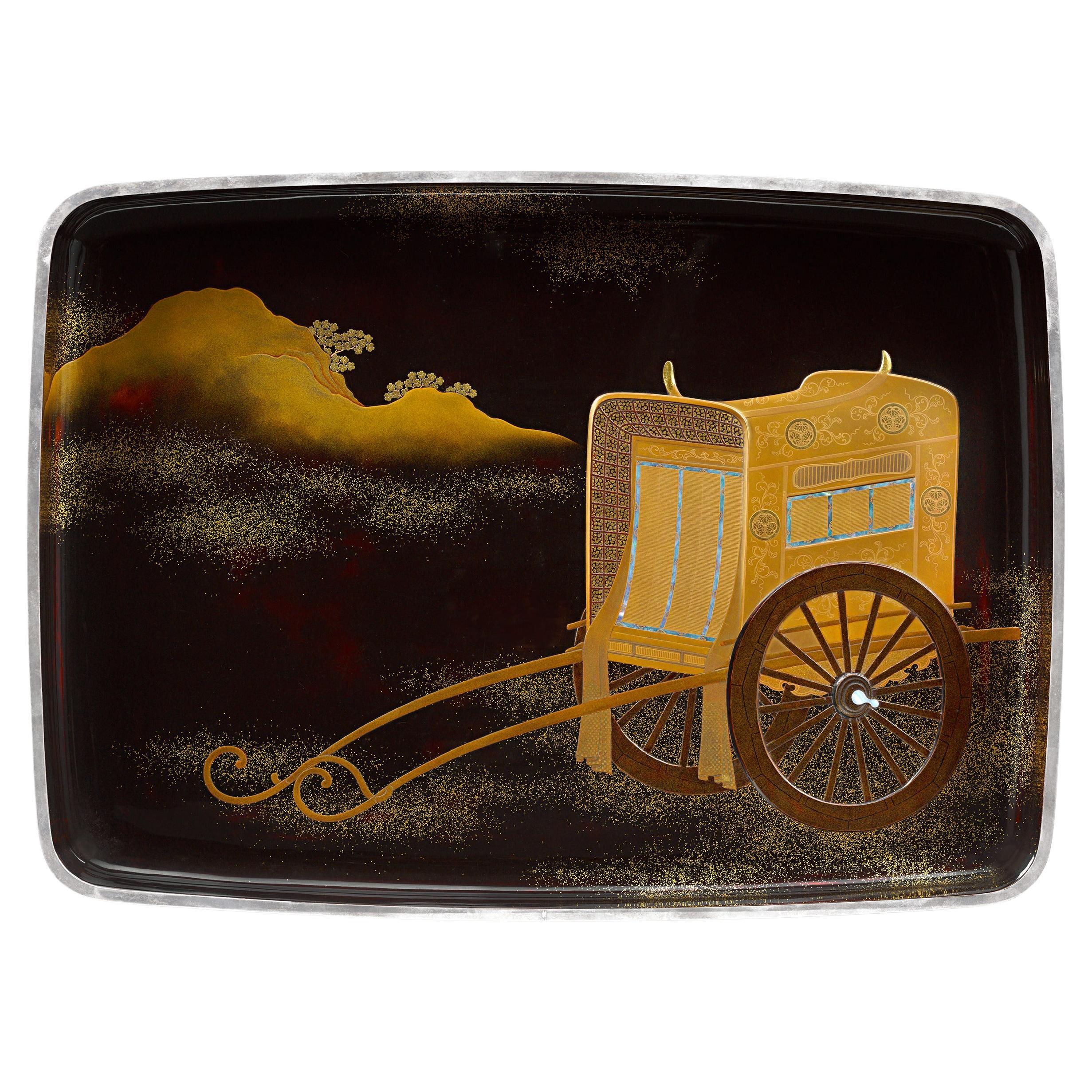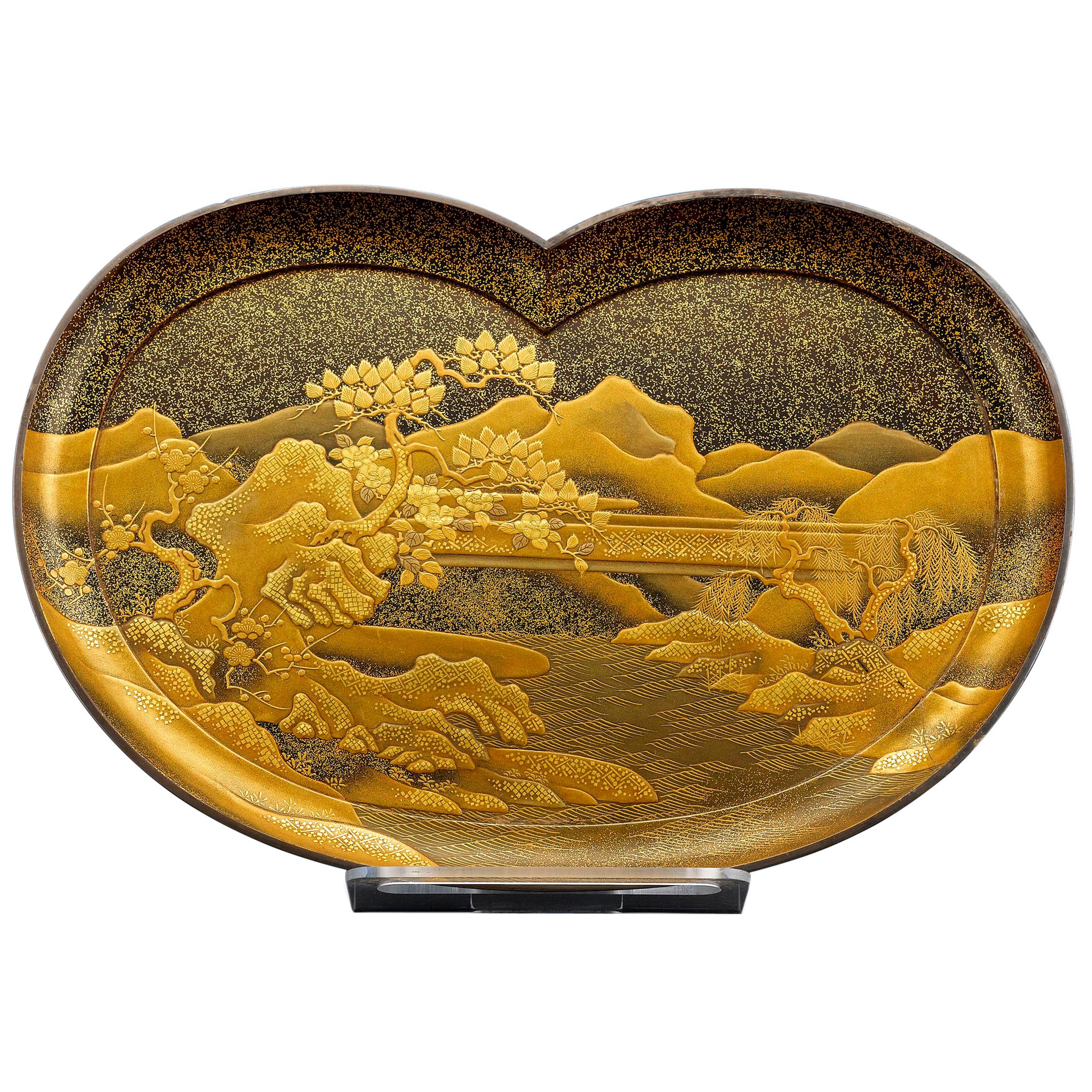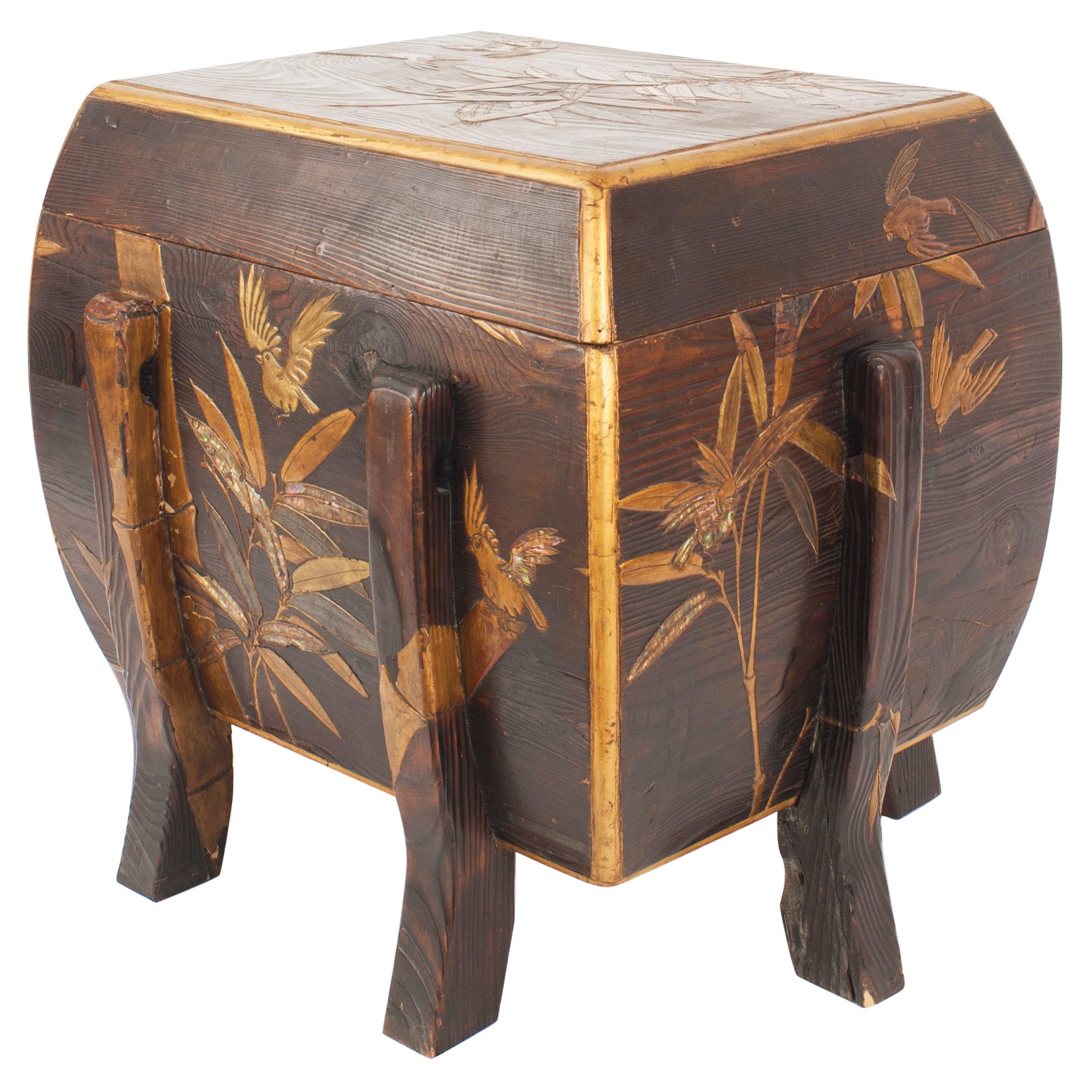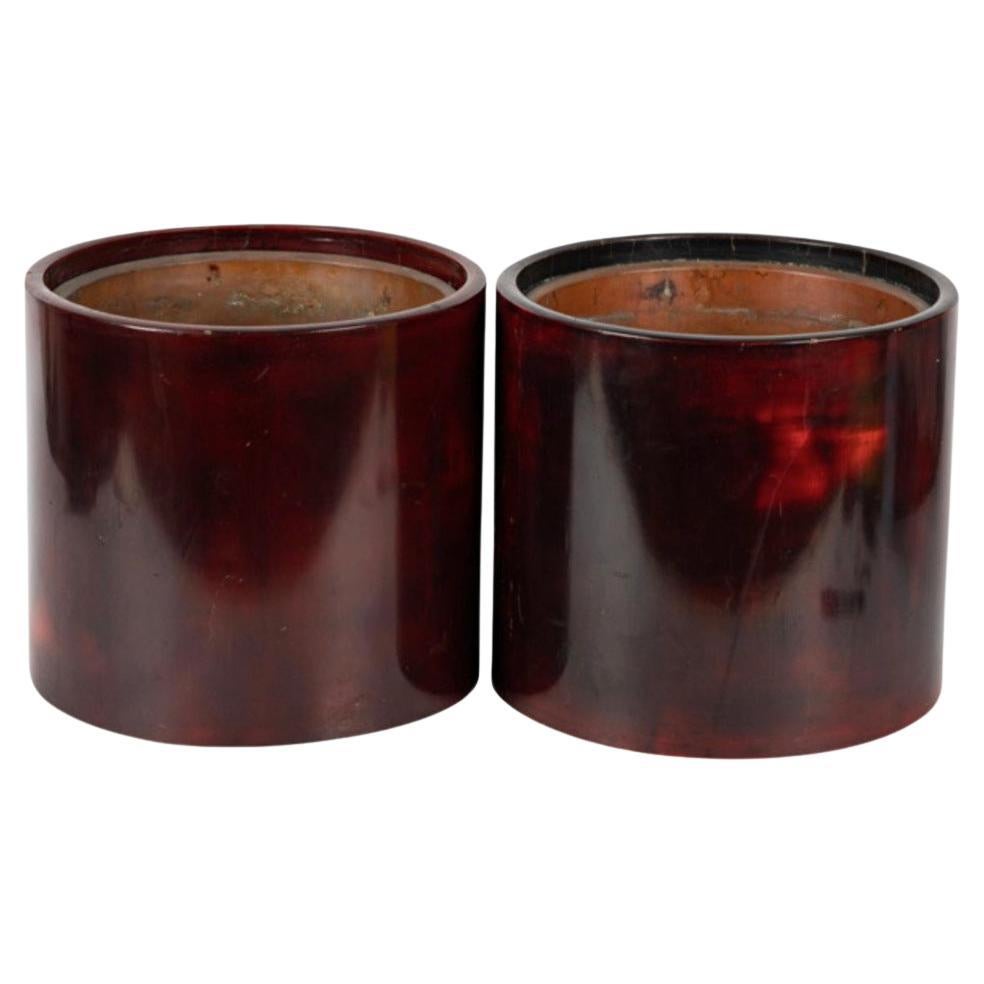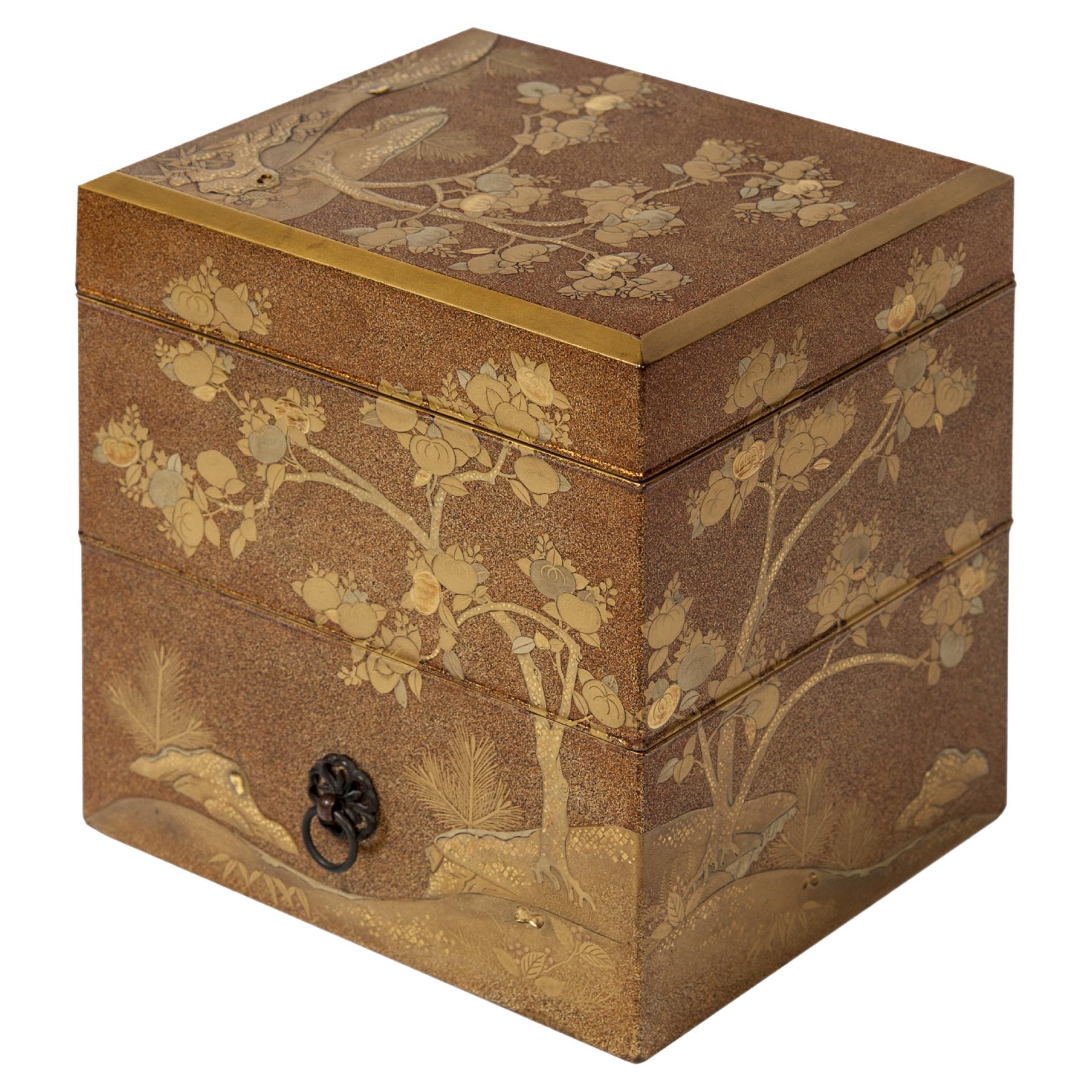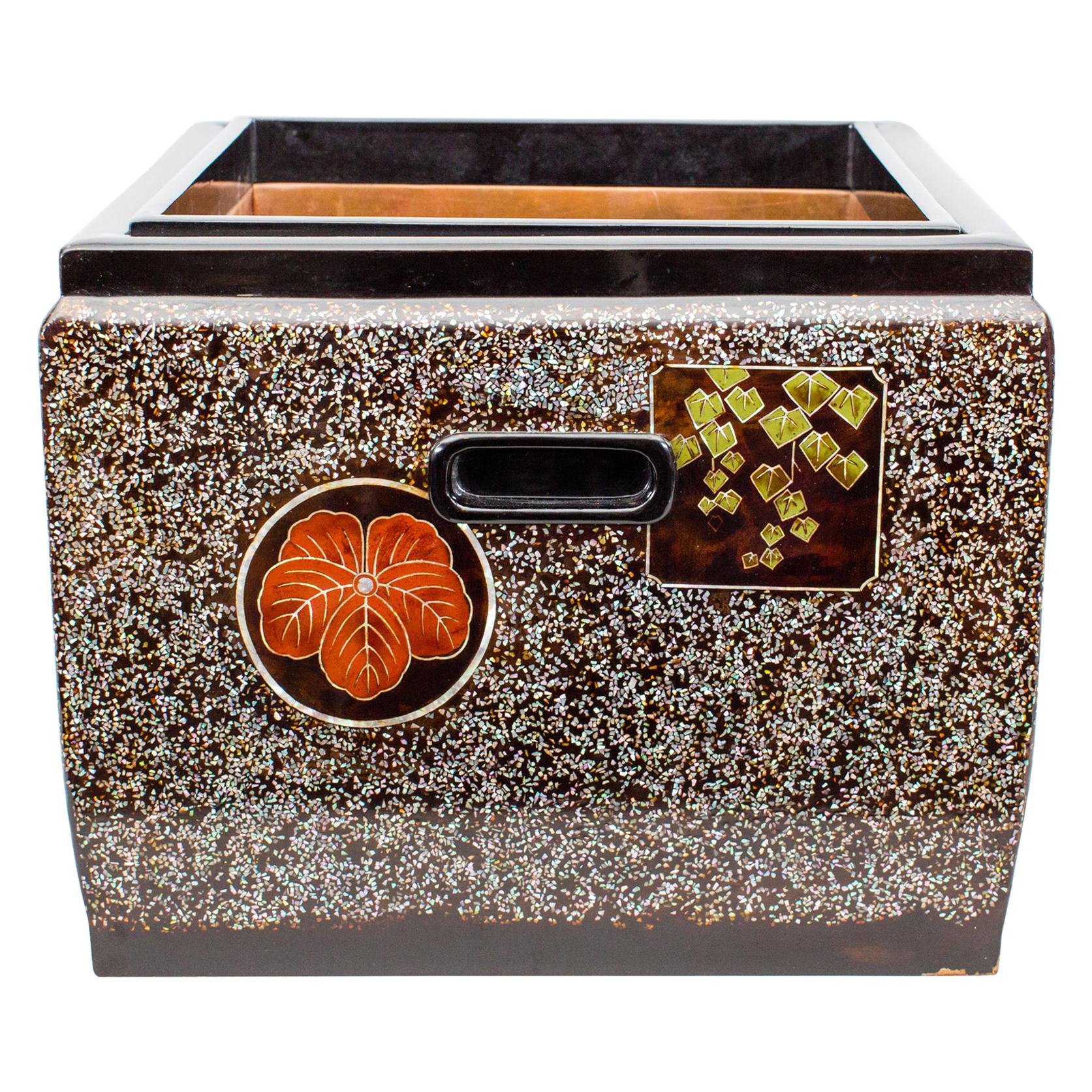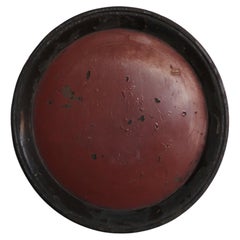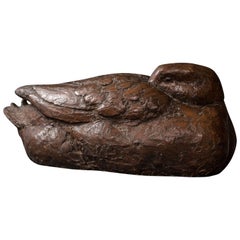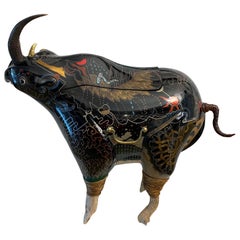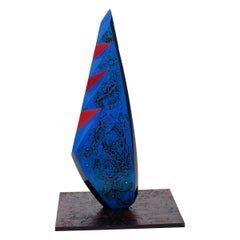
Contemporary Japanese Urushi Lacquer Sculpture
View Similar Items
1 of 6
Contemporary Japanese Urushi Lacquer Sculpture
About the Item
- Creator:Natsuski Kurimoto (Author)
- Dimensions:Height: 25.99 in (66 cm)Width: 8.67 in (22 cm)Depth: 1.97 in (5 cm)
- Style:Other (In the Style Of)
- Materials and Techniques:
- Place of Origin:
- Period:
- Date of Manufacture:2015
- Production Type:New & Custom(One of a Kind)
- Estimated Production Time:Available Now
- Condition:
- Seller Location:Milan, IT
- Reference Number:1stDibs: LU4569114535112
Authenticity Guarantee
In the unlikely event there’s an issue with an item’s authenticity, contact us within 1 year for a full refund. DetailsMoney-Back Guarantee
If your item is not as described, is damaged in transit, or does not arrive, contact us within 7 days for a full refund. Details24-Hour Cancellation
You have a 24-hour grace period in which to reconsider your purchase, with no questions asked.Vetted Professional Sellers
Our world-class sellers must adhere to strict standards for service and quality, maintaining the integrity of our listings.Price-Match Guarantee
If you find that a seller listed the same item for a lower price elsewhere, we’ll match it.Trusted Global Delivery
Our best-in-class carrier network provides specialized shipping options worldwide, including custom delivery.You May Also Like
Old Round Plate with Japanese Lacquer / Meiji-Taisho / Urushi
Located in Sammu-shi, Chiba
A wooden vessel used from the Meiji era to the Taisho era.
Probably a beech tree.
It is made by hollowing out.
It's very cool, isn't it?
It is a lacquered tall foot round tray made ...
Category
Mid-20th Century Japanese Taisho Lacquer
Materials
Beech, Lacquer
Vintage Urushi Red & Gilt Lacquer Tray & Six Cups with Box - Japan - Mid 20th C.
Located in Chatham, ON
Vintage Urushi red lacquer tray with six stemmed cups - each cup gilt decorated with a different floral, leaf or bamboo specimen - the tray gilt decorated wit...
Category
Early 20th Century Japanese Anglo-Japanese Lacquer
Materials
Lacquer
Japanese Showa Period Dry Lacquer Sculpture of a Duck
Located in Hudson, NY
Showa Period (1926 - 1989) sculpture of a duck resting with its head tucked into its wings. Dry lacquer, or kanshitsu, is a process of layering and manipulating lacquer soaked cloth ...
Category
Early 20th Century Japanese Showa Lacquer
Materials
Lacquer
Rhino Contemporary Japanese Lacquer Art by Someya Satoshi
Located in Atlanta, GA
Japanese Lacquer Rhino Sculpture by Someya Satoshi (1983-). A hand-molded lacquer sculpture that depicts a fantasy beast "Rhino". The artist uses century-old traditional techniques and symbols but with an innovative contemporary energy that borders mysticism, shamanism and surrealism. Found objects were equally treated as part of the meticulous designs as the elaborate Maki-e and shell inlays.
According to the press of Honolulu Museum of Art: "Someya Satoshi has been described as “one of the most significant contemporary lacquer artists working in Japan today.” (Japan Times, 12 Dec. 2013) His work combines objects of daily use, such as bathing buckets, serving trays, and soup bowls, with a wide array of natural materials, including animal bones, horns and antlers, sand, stones, leaves and branches. In the process, he implements a range of traditional lacquer methods passed down from pre-modern eras, such as the kanshitsu or “dry lacquer” technique, the origins of which date to Japan’s Nara period (710–784). After creating his forms, he embellishes them with designs inspired by calligraphy, traditional Japanese textile patterns, and even contemporary manga or comic books. His work defies ordinary definitions of lacquer art and successfully challenges the perceived limits of this extremely difficult and, in some ways, most conservative of traditional Japanese art forms".
His work was exhibited in US such as Honolulu Museum of Art, Minneapolis Institute of Art, Morikami Museum etc. For a complete resume of the artist, see the artist's page in Imura Art Gallery.
Reference: For a very similar Bull Sculpture see Hard Bodies Contemporary Japanese Lacquer...
Category
Early 2000s Japanese Japonisme Lacquer
Materials
Rope, Wood, Lacquer
Japanese Lacquer Box
Located in New Orleans, LA
This exquisite Meiji-period lacquer document box known as a ryoshibako showcases the meticulous artistry of maki-e, a technique of raised lacquer decoration. Adorned with gold and vi...
Category
Antique 19th Century Asian Meiji Lacquer
Materials
Gold
$39,850
Japanese Lacquer Tray
Located in New Orleans, LA
Hailing from illustrious Meiji-period Japan, this lacquer tray showcases the mastery of Japanese craftsmen. Precious materials are precisely inlaid in the lacquer base, creating an a...
Category
Antique Late 19th Century Japanese Meiji Lacquer
Materials
Silver
$19,800
Recently Viewed
View AllMore Ways To Browse
Japanese Lacquer Pearl
Urushi Lacquer
Chinese Lacquer Mother Of Pearl
Chinese Lacquer Mother Pearl
Chinese Lacquer And Mother Of Pearl
Japanese Lacquer And Mother Of Pearl
Japanese Mother Of Pearl Art
Lacquer And Mother Of Pearl Box
Purple Robe
Japanese Black Wooden Box
Asian Black Lacquer Pearl Furniture
Japanese Pearl Of Mother Box
Japanese Urushi
Large Japanese Lacquer Box
Pearl Of Mother Box China
Urushi Box
Japanese Wooden Wall Hanging
Life Size African Sculpture
